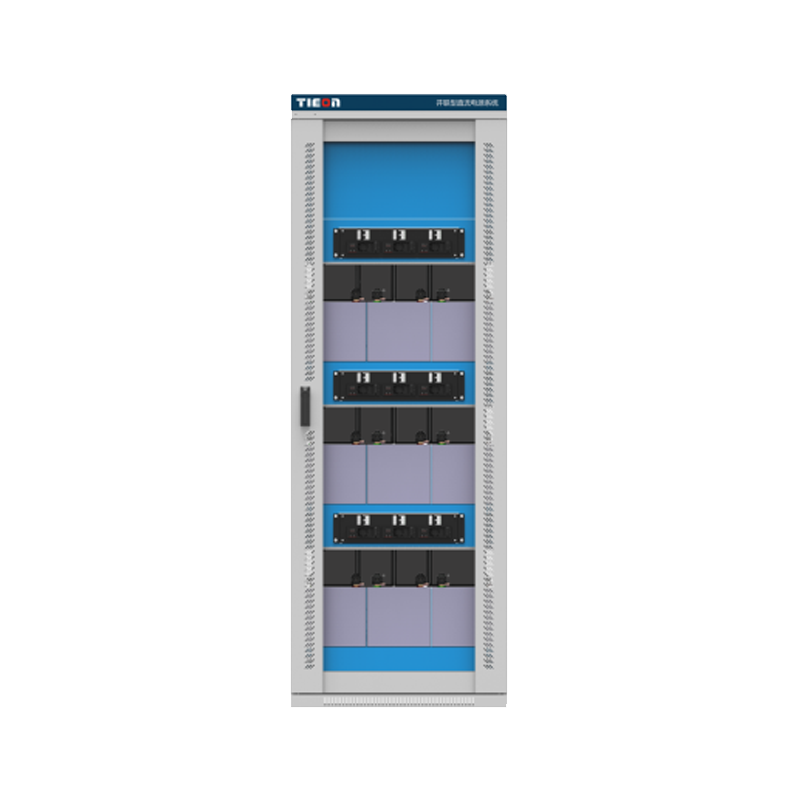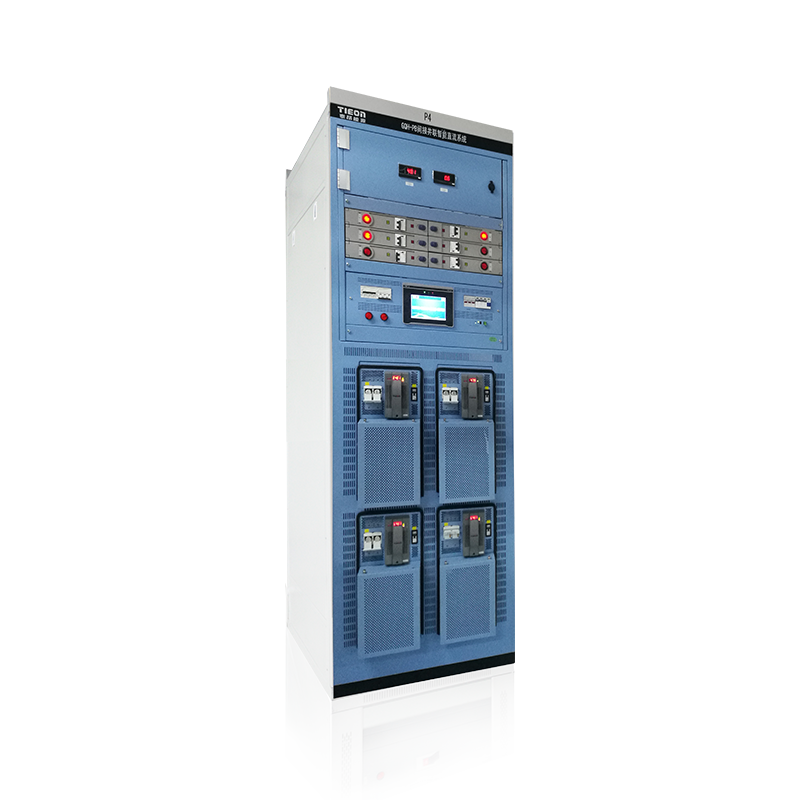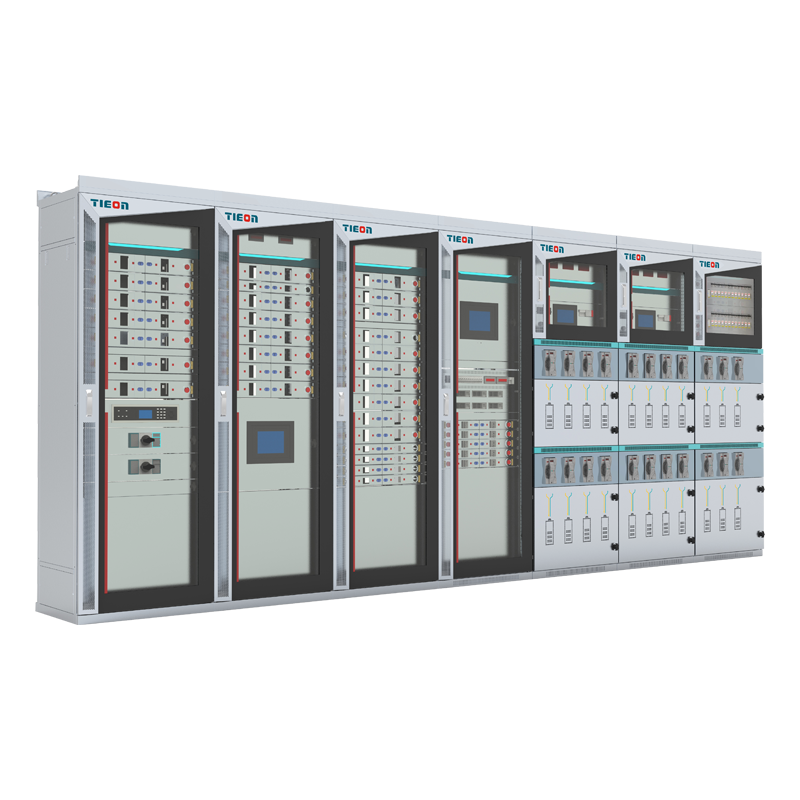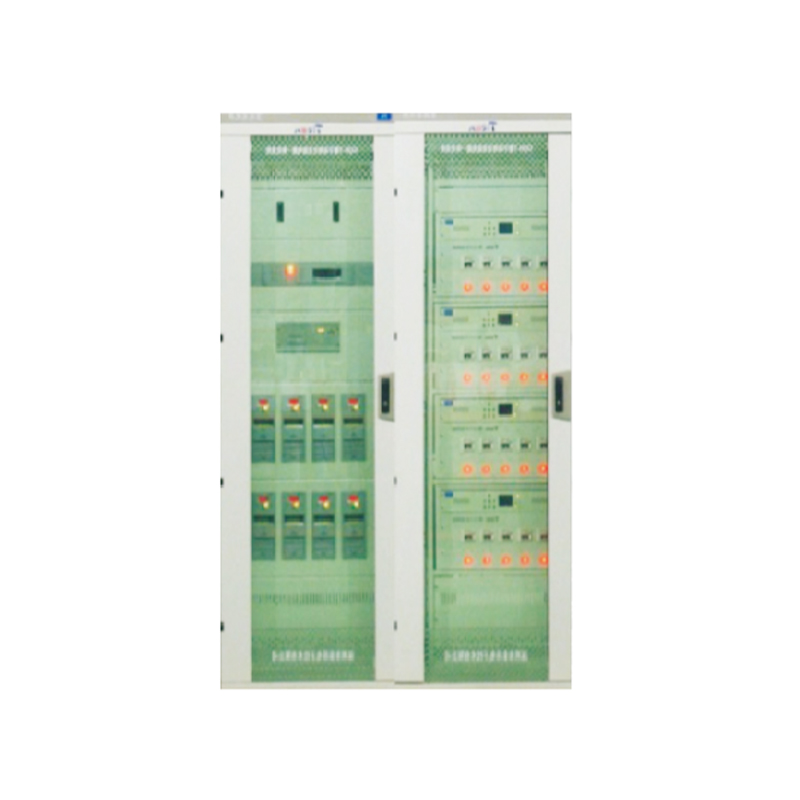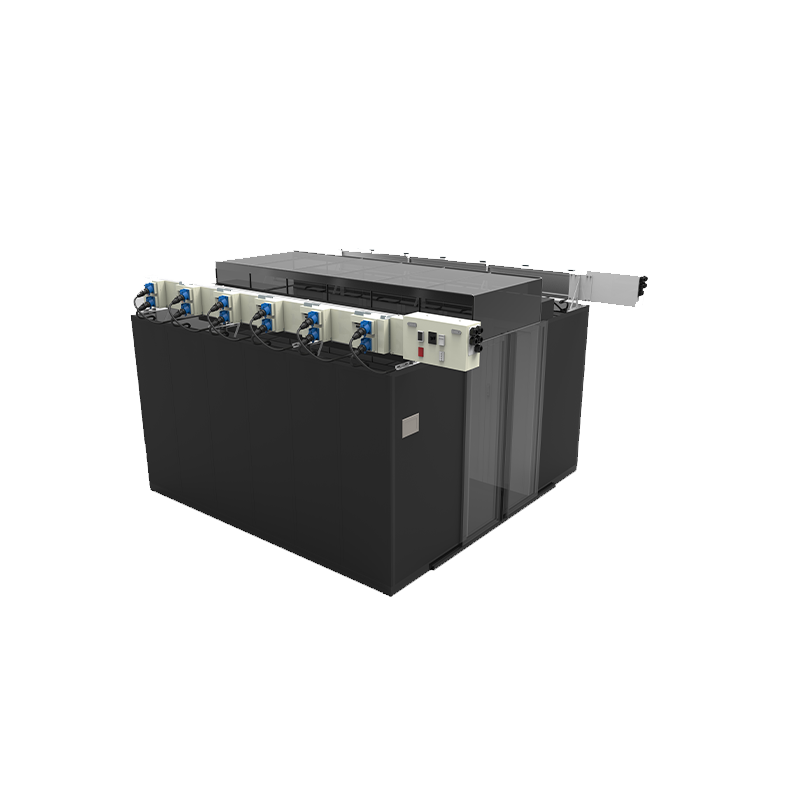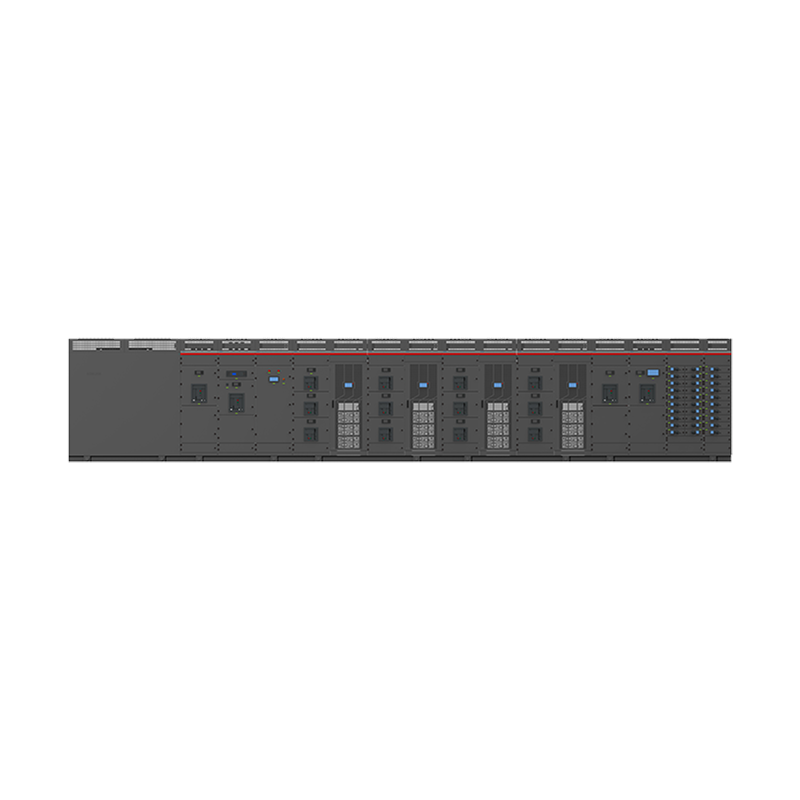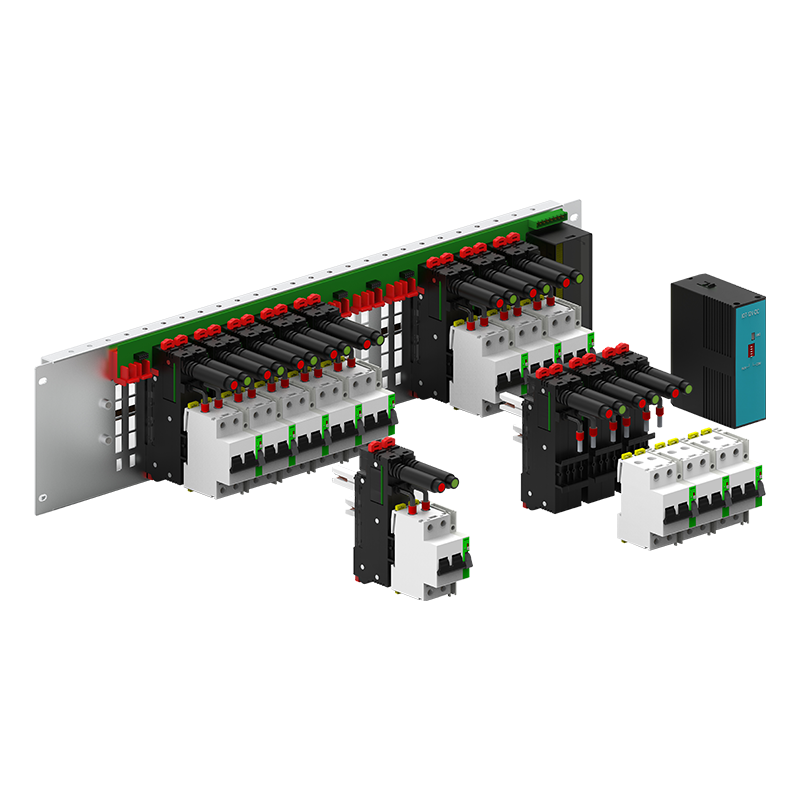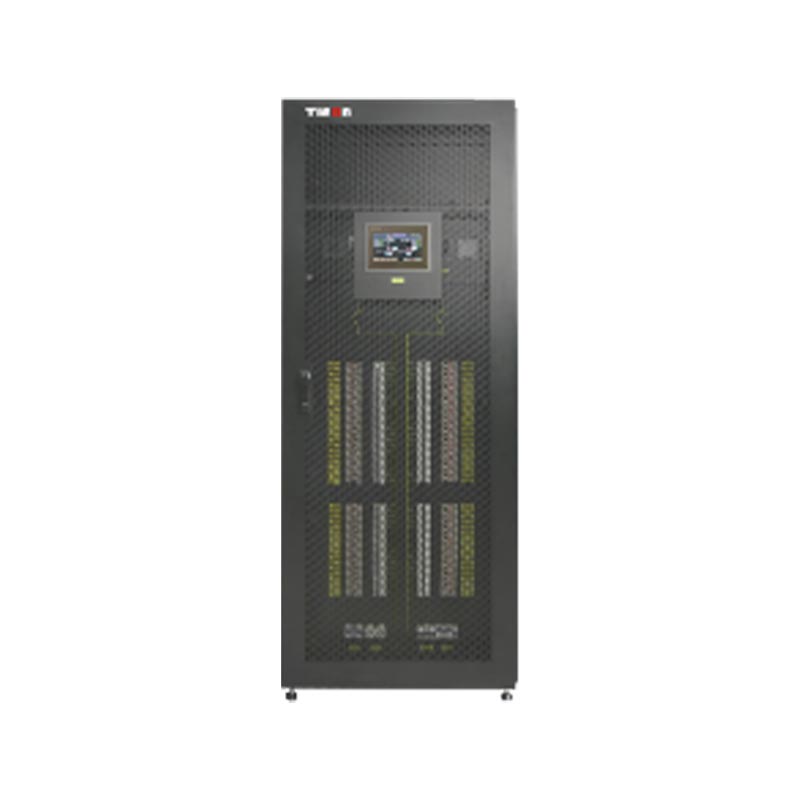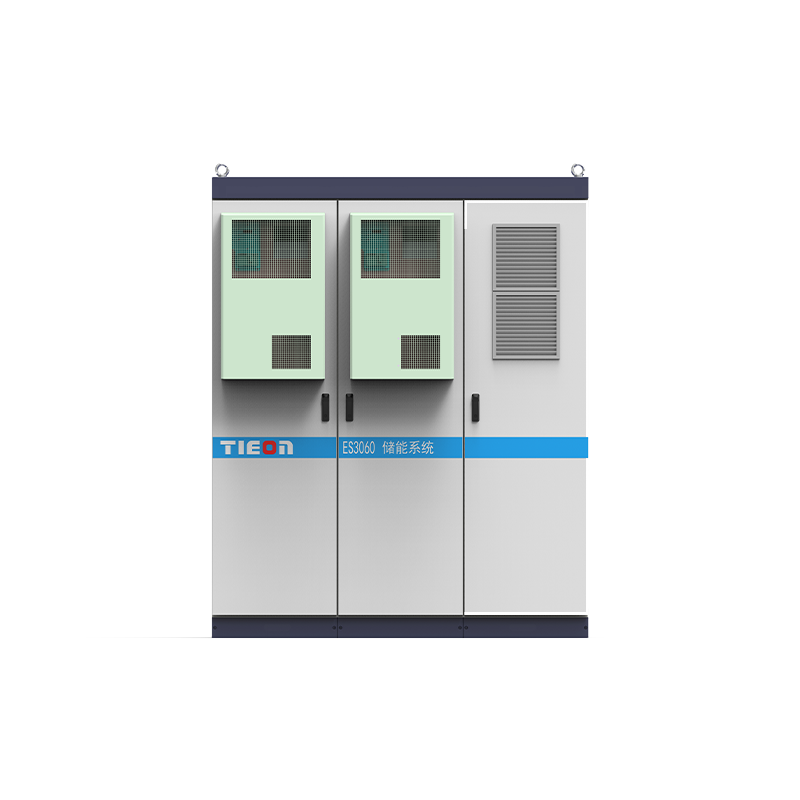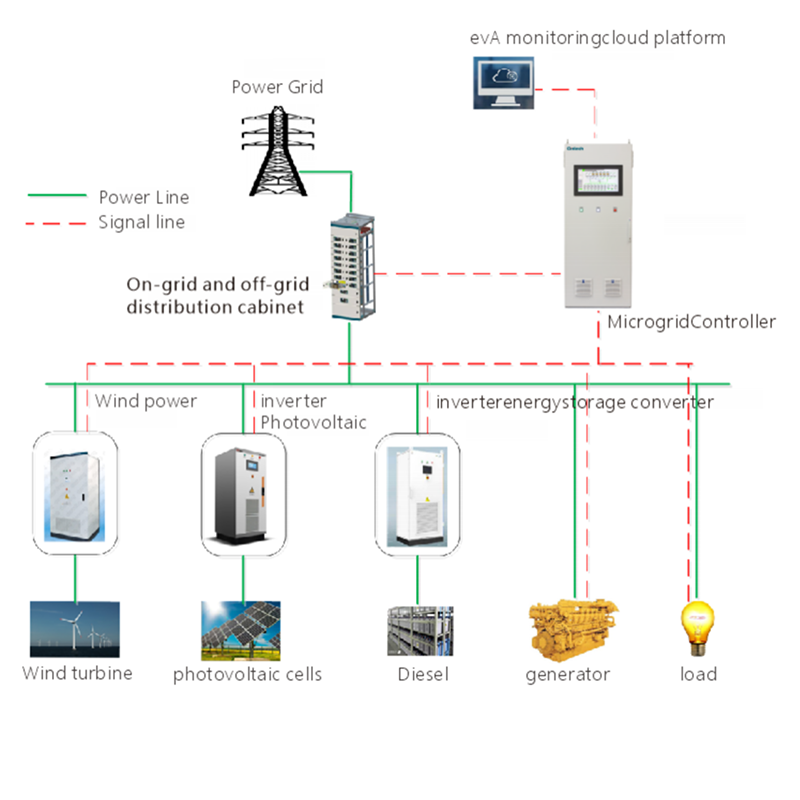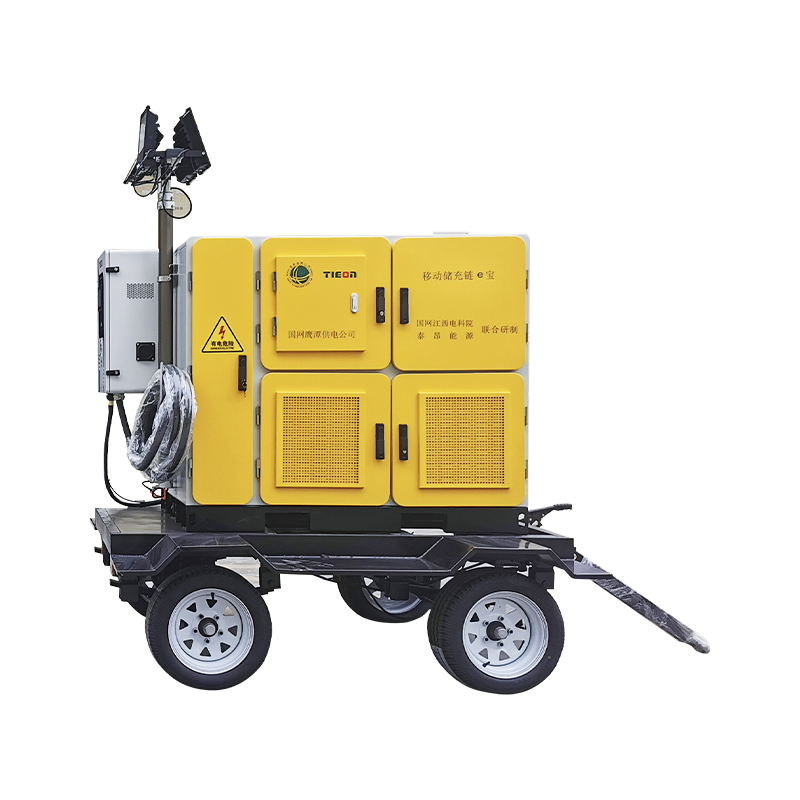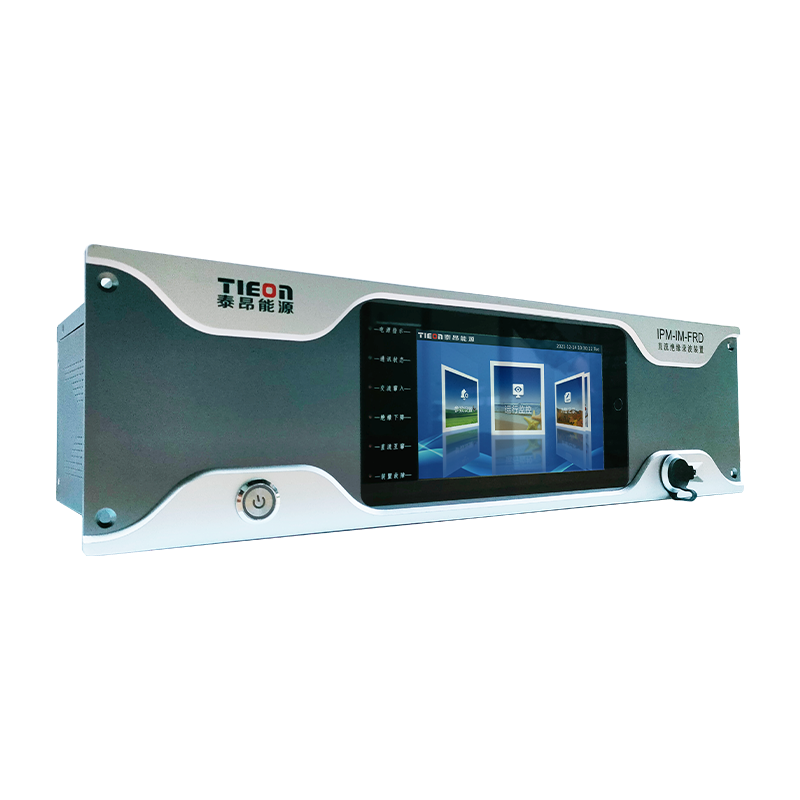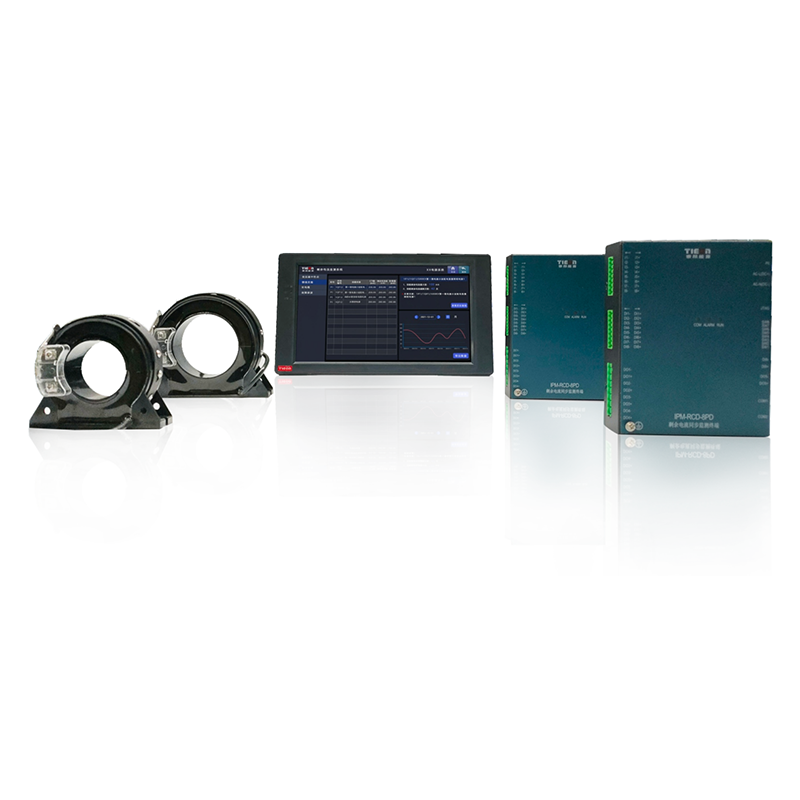Electricity is essential to modern life, and understanding its types—alternating current (AC) and direct current (DC)—is fundamental. Both AC and DC serve distinct purposes, affecting how power is generated, distributed, and applied. In this article, we’ll explore these types of currents, their applications, and the advantages of AC power distribution in large-scale power systems.
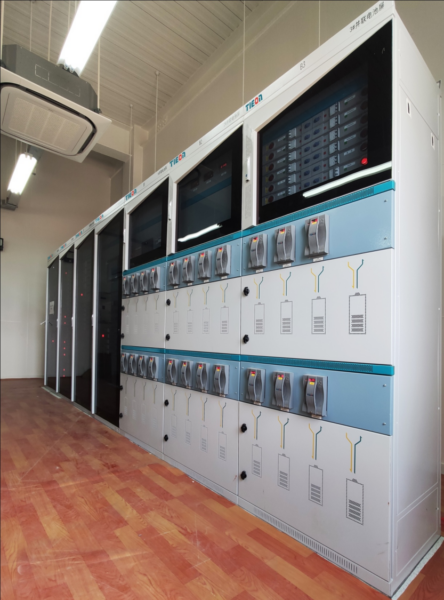
What is Alternating Current (AC)?
Alternating current (AC) is a type of electrical current that periodically changes direction, meaning the flow of electric charge reverses at regular intervals. This directional change happens many times per second, with the standard frequency being 50 or 60 Hz, depending on the country. In the United States, for example, AC power typically operates at 60 Hz, while in Europe, 50 Hz is more common.
AC is commonly used in power distribution systems worldwide because it can be transmitted efficiently over long distances. The ability to step up or down the voltage of AC power using transformers makes it ideal for transmission networks, minimizing energy loss. Through AC power distribution, large grids efficiently supply power to residential, commercial, and industrial areas.
Understanding Direct Current (DC)
Direct current (DC), in contrast, flows in a single, constant direction. It does not change its direction or frequency like AC, maintaining a steady voltage. Batteries are a primary source of DC power, making DC ideal for portable devices, electronics, and applications where a stable and uninterrupted power supply is crucial.
While DC is not as efficient as AC for long-distance power transmission, it has specific advantages. DC power can be precisely controlled, making it ideal for sensitive applications in electronics and for powering devices like mobile phones, laptops, and low-voltage lighting systems. However, because of the limitations in transmitting DC over long distances, it is typically used for local applications rather than national or regional power grids.
Advantages of AC Power Distribution
AC power distribution has several advantages over DC power for large-scale electricity systems:
Efficient Long-Distance Transmission
One of the main benefits of AC power distribution is its ability to be transmitted over long distances with minimal energy loss. By adjusting the voltage level using transformers, power companies can minimize current and reduce losses due to resistance in the power lines. High-voltage transmission in AC form makes it possible to deliver power over vast distances, meeting the needs of both urban and remote locations.
Simplified Voltage Control
With AC power, transformers allow for easy adjustments in voltage levels. High-voltage transmission lines can step down the voltage when electricity reaches residential and commercial areas, making it safe and usable. This adaptability is central to the efficiency and flexibility of modern power grids.
Cost-Effective Infrastructure
AC power distribution is typically more cost-effective because it requires fewer components and a simpler infrastructure than DC systems. While DC can be converted to high voltage for transmission, it requires complex systems to maintain stability and safety. AC distribution systems are well-established and less costly to maintain, making them preferable for national grids.
Compatibility with Standard Appliances and Devices
Most household and commercial appliances are designed to work with AC power. AC distribution ensures compatibility with the vast majority of devices, eliminating the need for constant conversion between AC and DC. Even where DC is used within a device, it’s typically converted from AC, such as through an adapter or power supply unit.
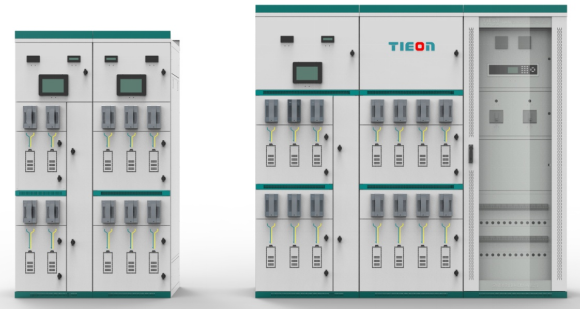
Applications of AC and DC in Everyday Life
In daily life, AC and DC are used in different but complementary ways. Homes, businesses, and public facilities primarily rely on AC power distribution from the grid, which powers lighting, heating, and major appliances. DC power, on the other hand, is indispensable in electronics, such as computers, smartphones, and vehicle batteries.
Conclusion
As technology advances, the applications of AC and DC continue to evolve. Innovations in auxiliary power supplies, as seen in Ontech Energy’s offerings, integrate both AC and DC functionalities, enhancing efficiency in sectors like energy storage, renewable power generation, and electric vehicle charging. AC power distribution remains the backbone of large-scale electricity systems due to its efficiency and adaptability, while DC continues to serve essential roles in technology, electronics, and specialized applications.
For more information on power supply options that complement both AC and DC systems, visit Ontech Energy. These solutions exemplify how combining AC and DC technology can meet modern power needs effectively.

